No products in the cart.
Return To Shop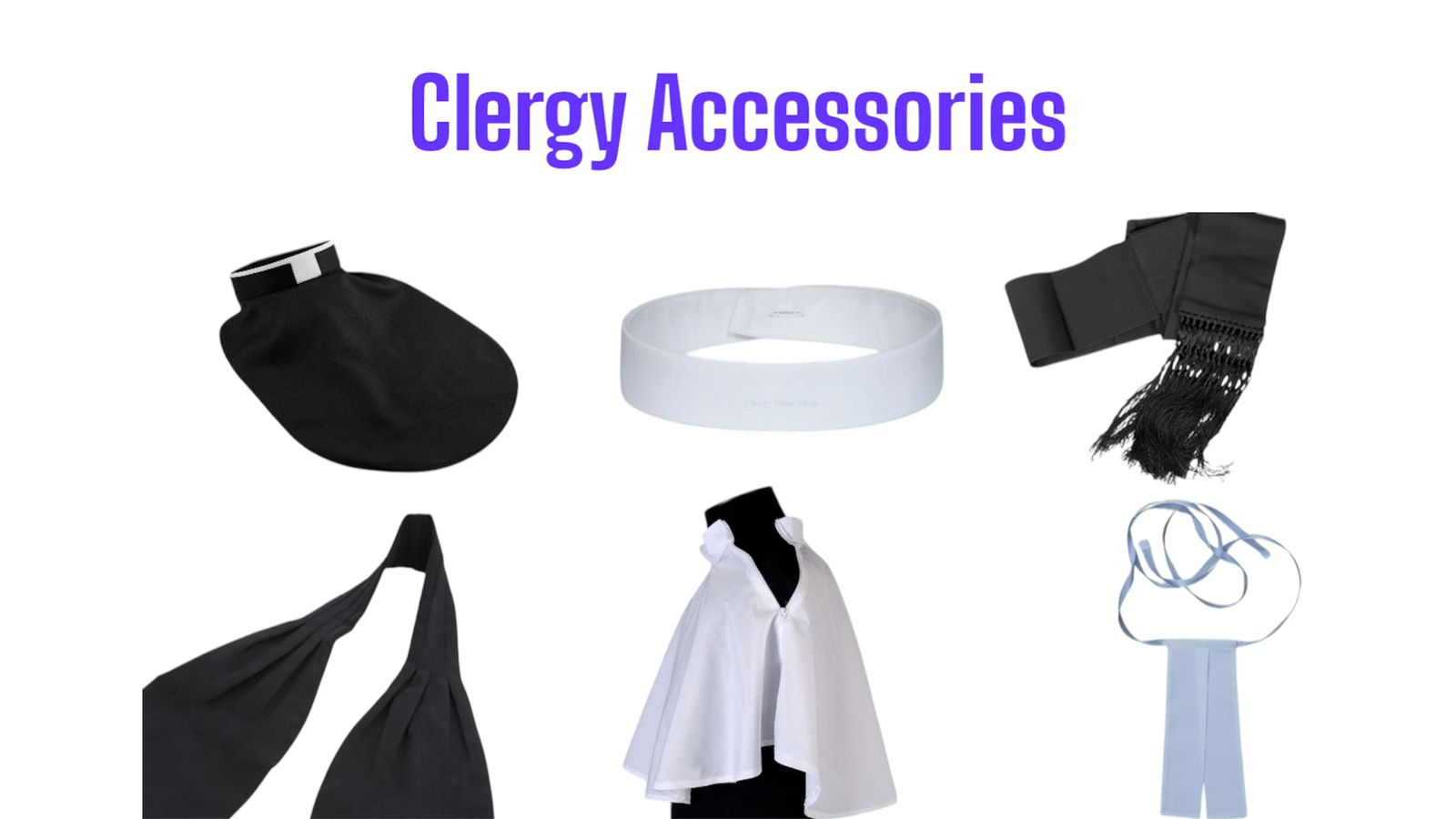
clerical attire plays a pivotal role in expressing a clergy member’s spiritual calling, leadership, and sacred responsibilities. It’s not just about wearing garments it’s about reflecting a deep connection to the divine and conveying a message of faith to the congregation. While the foundation of ministry attire includes robes, cassocks, and stoles, the Clergy Accessories worn with these garments amplify the symbolism and meaning behind the attire. In this article, we will explore the essential accessories that clergy must consider when donning ministry attire to enhance both its spiritual and functional significance.
The Significance of clerical Attire: Beyond Clothing
clerical attire is not simply a set of clothes; it’s a sacred ensemble that reflects the wearer’s commitment to God and their role within the faith community. The garments worn by ministers, priests, and bishops often carry deep religious symbolism, from the fabric used to the colors and designs that adorn them. These garments serve as both a personal devotion and a representation of their leadership role within the Church. However, to fully complete this attire, the right accessories are essential. Bishop accessories help convey the wearer’s position, authority, and sacred purpose. They enhance the visual impact of the attire and serve as functional items during religious ceremonies.
Essential clergy Accessories for episcopal Attire
- The Clergy Stole: The stole is perhaps the most iconic accessory associated with apostolic attire. Worn around the neck, the stole symbolizes the authority and responsibility of the clergy. It is often made of richly colored fabric, with its design varying to match the liturgical season, such as purple for Lent or green for ordinary time. Beyond its aesthetic appeal, the stole carries deep spiritual significance, reminding the clergy of their sacred role in leading worship and guiding the faithful.
- The Clergy Cincture: The cincture, or cord, is an essential accessory worn around the waist to secure the robe or cassock. While it serves a practical purpose, ensuring that the garment remains in place, it also carries symbolic meaning. The cincture represents purity, commitment, and discipline. It signifies the clergy member’s vow to live a life of devotion and service to God, binding them to their spiritual calling.
- The Clergy Pectoral Cross: A pectoral cross is a significant accessory worn around the neck, often by bishops, priests, and apostles. It is a powerful symbol of the clergy’s leadership and dedication to their faith. The pectoral cross serves as a reminder of Christ’s sacrifice and the clergy member’s role in shepherding their congregation. This accessory is often adorned with intricate designs and may be passed down through generations, adding to its historical and spiritual significance.
- The Clergy Ring: A clerical ring is worn by high-ranking clergy, including bishops, and represents their commitment to their sacred duties. It symbolizes the bond between the clergy and the Church, as well as the vows taken in service of God. The ring often features detailed engravings and may carry the insignia of the clergy member’s denomination or diocese. It serves as both a symbol of spiritual marriage to the Church and a mark of authority within the faith community.
- The Clergy Mitre: The mitre is a ceremonial headpiece worn by bishops and archbishops during religious services. It signifies the authority of the bishop and their apostolic succession. Though not worn daily, the mitre is an essential accessory for important liturgical events, such as ordinations and high holy days. Its elaborate design and symbolic importance make it a key part of apostolic attire, representing the bishop’s leadership and role as a spiritual guide.
- The Clergy Chasuble: The chasuble is the outermost vestment worn during the celebration of the Eucharist and other sacramental services. This liturgical garment is worn over the cassock and stole, often adorned with rich embroidery and symbols representing the liturgical season or special religious occasions. The chasuble is a sign of the celebrant’s role in leading the congregation in the sacred act of worship, and its color and design vary according to the Church calendar.
- The Clergy Alb: The alb is a long white robe worn underneath the chasuble, representing purity and holiness. It is worn by clergy during Mass, baptisms, weddings, and other important services. The alb serves as a symbol of the clergy’s commitment to a pure life in service to God. Though it is a simple garment, its significance in representing the clergy’s sacred duty cannot be overstated.
- The Clergy Surplice: The surplice is a loose, white garment worn over the cassock, often during specific liturgical events like prayer services or the daily office. While not as formal as the alb, the surplice serves a similar purpose in symbolizing purity and holiness. It is an essential part of apostolic attire when leading services outside of the Eucharist, such as in prayer or scripture readings.
- The Clergy Belt or Sash: The belt or sash is worn around the waist and helps secure the cassock or other garments. This accessory is both functional and symbolic. It ensures that the attire stays in place while the clergy member performs various tasks during the service. Additionally, it represents the clergy member’s commitment to service and their role in leading the congregation.
- The Clergy Scarf: The clerical scarf is a less common but still important accessory worn by clergy, particularly during formal ceremonies like ordinations or special services. The scarf is worn over the neck and shoulders, and it can add a touch of elegance to the apostolic attire. It may also symbolize the reverence and respect due to the office of the clergy.
The Importance of Clergy Accessories in episcopal Attire
Accessories play a key role in apostolic attire. They are not just decorative items but carry deep spiritual meaning. Each accessory is designed to symbolize an aspect of the clergy’s role, whether it be leadership, purity, or dedication to service. These items also help enhance the practicality of the attire, ensuring that clergy can perform their duties with ease while maintaining the respect and reverence due to their office. The right accessories can also help the clergy member connect more deeply with their congregation. They serve as visual cues that communicate the clergy’s role, authority, and spiritual commitment. Whether it’s the simplicity of the stole or the grandeur of the mitre, each accessory adds depth to the clergy’s presence during worship and ceremonial events.
Conclusion
clerical attire is more than just a set of garments it’s a reflection of spiritual devotion, authority, and leadership. The right accessories are essential in completing this ensemble, adding both functional value and symbolic significance. From the stole that represents authority to the pectoral cross that symbolizes faith and leadership, these accessories are integral to the role of clergy members in their service to God. At Holy Clergy, we offer a wide selection of high-quality clerical attire and accessories, including custom stoles, chasubles, cassocks, and more. Browse our collection today and enhance your spiritual wardrobe to reflect your commitment to faith and leadership.
FAQs
Why are accessories important in clerical attire?
Accessories in clerical attire serve to symbolize the clergy member’s spiritual authority, role, and dedication to their faith. They also enhance the overall impact of the attire during religious services.
What does the stole represent?
The stole represents the clergy member’s authority and role within the Church. It is often worn during liturgical ceremonies and varies in color depending on the liturgical season.
What is the significance of the mitre?
The mitre is worn by bishops and represents their authority and apostolic succession. It is a key accessory during special liturgical events and ceremonies.
What accessories do priests typically wear?
Priests typically wear a stole, cincture, pectoral cross, chasuble, and clerical collar. Each of these accessories plays a role in signifying their ministry and sacred duties.
Where can I purchase clerical attire and accessories?
Clergy Wear Shop offers a variety of clerical attire and accessories, from custom stoles to elegant cassocks and mitres. Visit our store today to find the perfect pieces for your ministry.

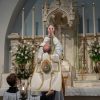
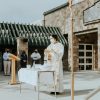

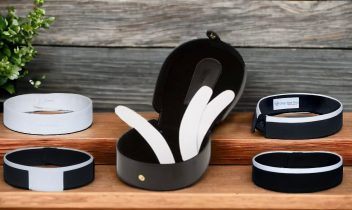

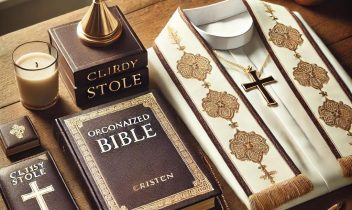
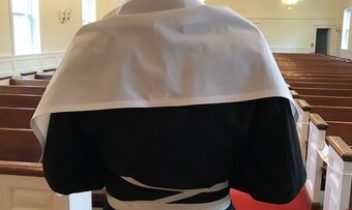
Recent Comments